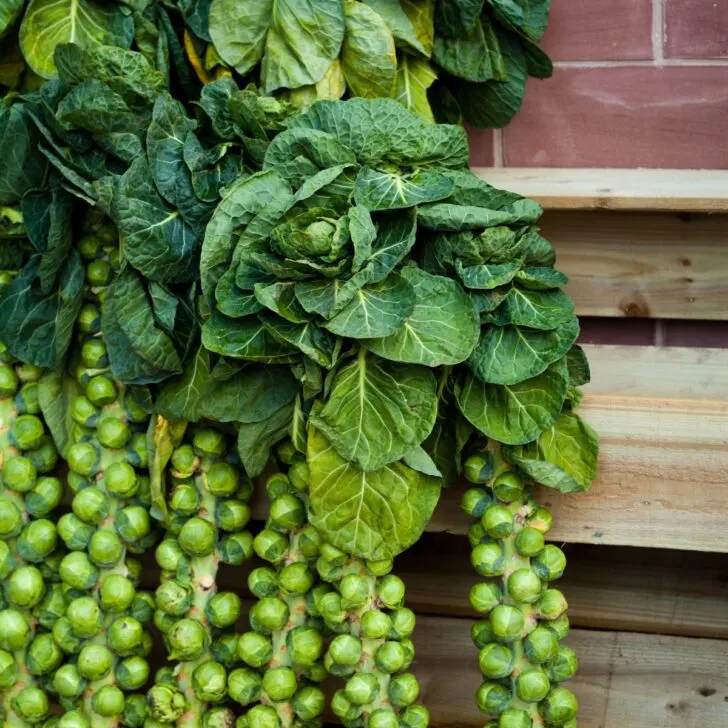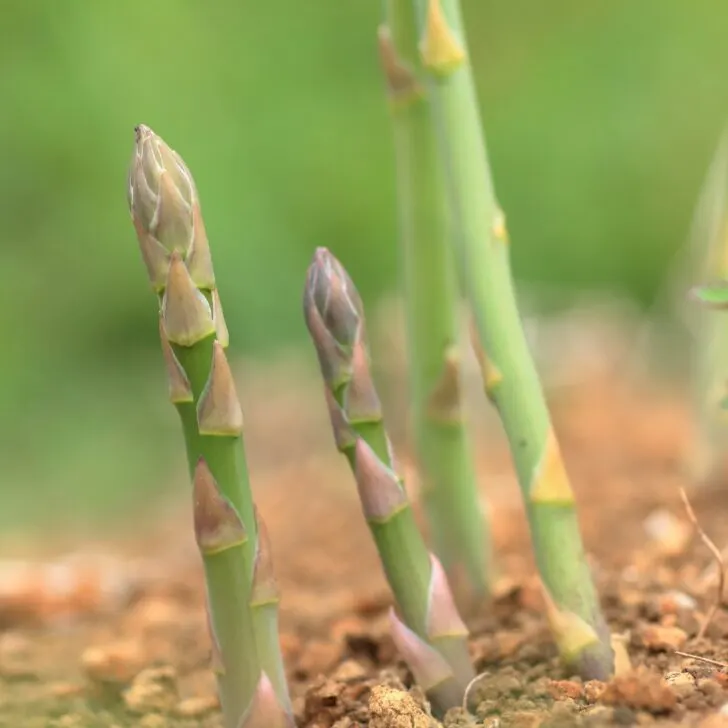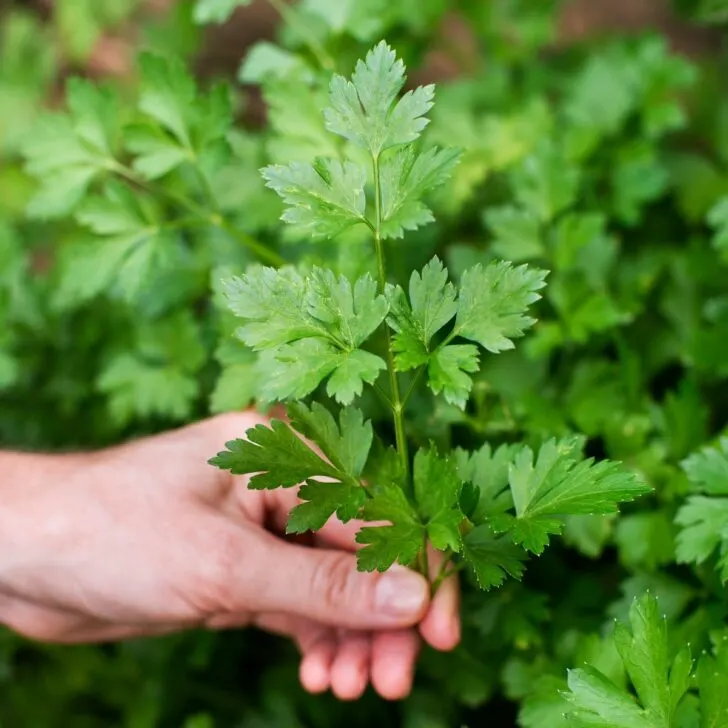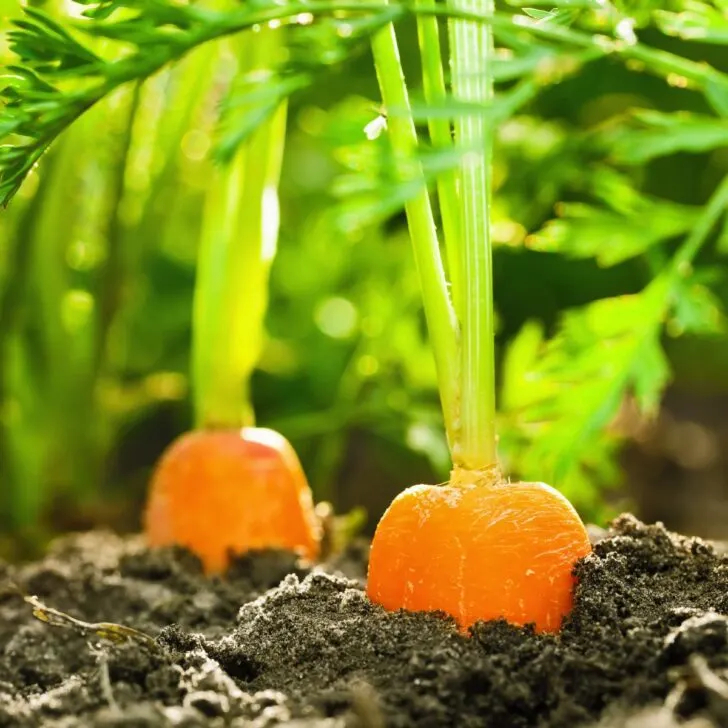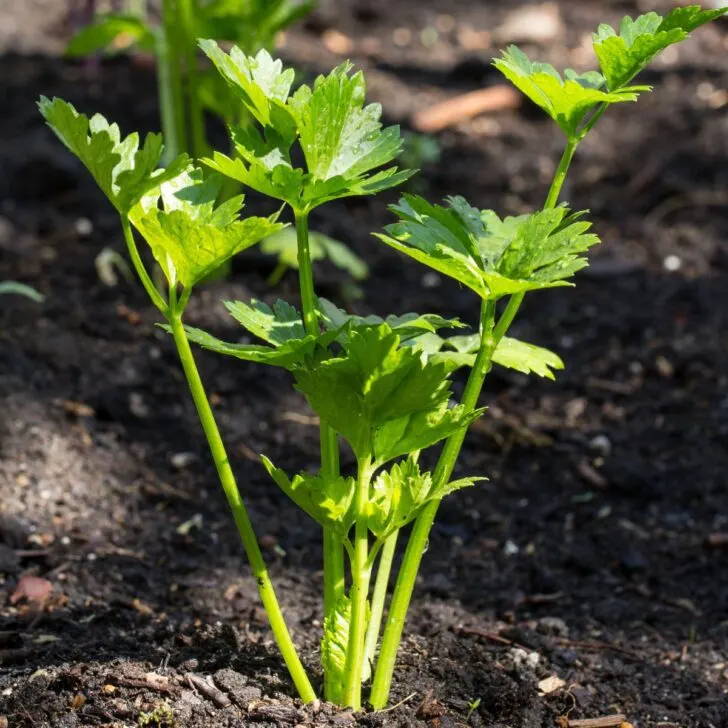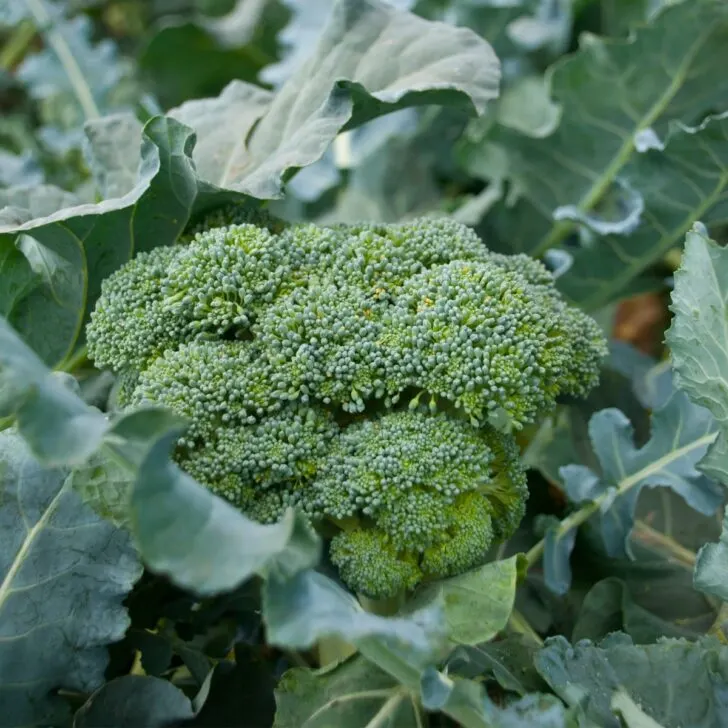Companion planting can increase your harvest of fruit, vegetables, and herbs and reduce how much work it takes to grow them. Here's how!
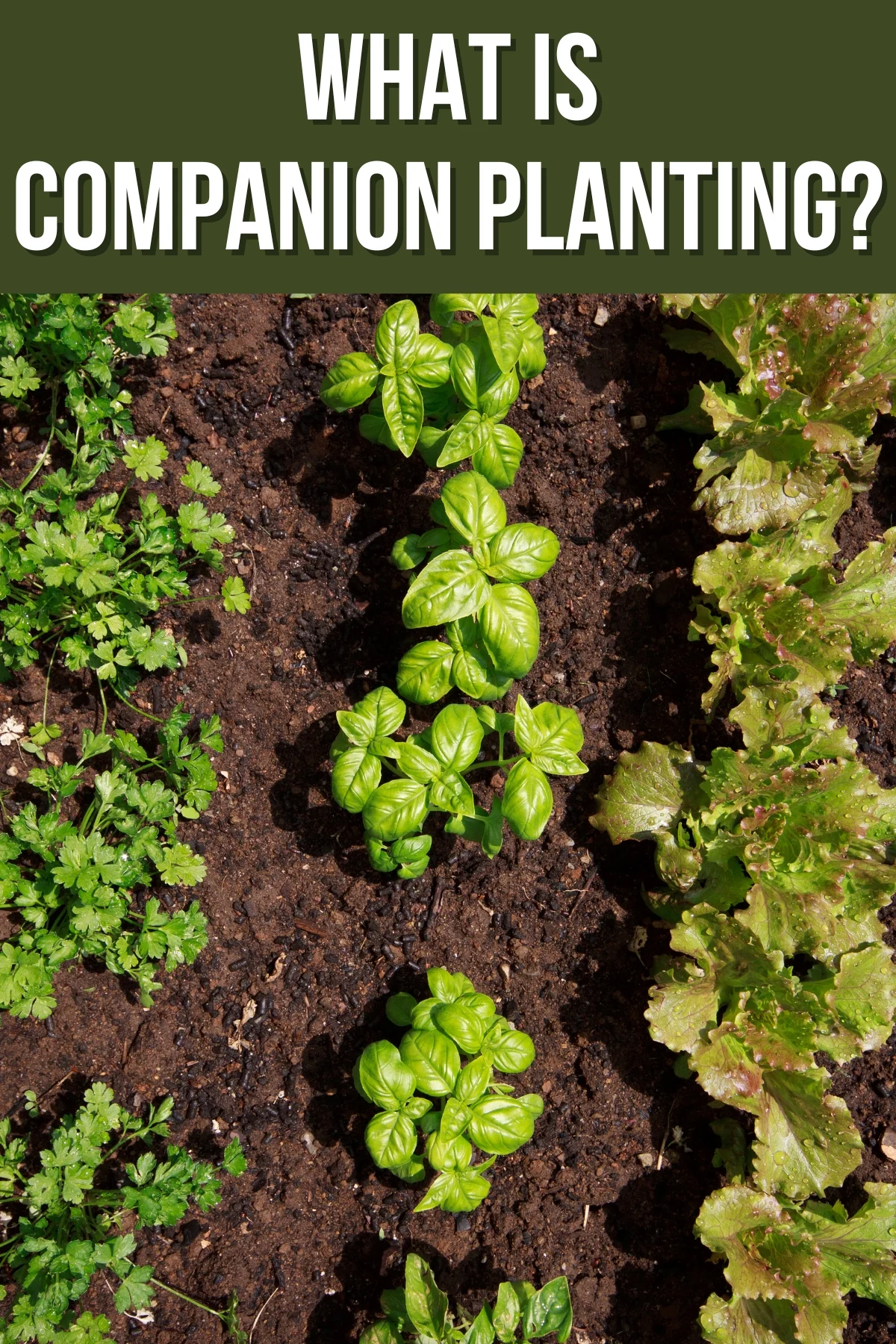
Would you like some help in the garden? Let the plants assist you!
Companion planting is a method of garden management that maximizes the benefit of the relationships between plants. Companion plants can repel pests, improve soil nutrients, save garden space, and so much more.
This method can reduce the dependence on chemical pesticides and fertilizers. It also contributes to the biodiversity of your garden, making it a thriving ecosystem rather than just a collection of individual plants.
In this guide to companion planting, we'll look at a few successful plant combinations, common mistakes to avoid, and how this method serves as a tool for a sustainable garden.
Let's get growing!
This post contains affiliate links for your convenience. Purchases made through these links may earn me a small commission at no additional cost to you.
The history and science behind companion planting
The origins of companion planting are believed to stretch back to the dawn of agriculture itself. Early farming communities noticed that certain plants seemed to grow better when planted alongside others.
The "three sisters"
A perfect example of the benefits of companion gardening is the Mesoamerican tradition of “three sisters” planting of beans, squash, and corn in the same mound.
The corn provides a natural pole for the beans to climb, the beans enrich the soil with nitrogen to benefit the other plants, and the squash with its broad leaves acts as a living mulch, helping to retain moisture in the soil and suppress weeds.
This arrangement also saves space compared to having separate garden beds for each plant, making watering more efficient.
Scientific research
Agricultural scientists have examined the practice of growing plants together to benefit each other, which they call intercropping, inter-planting, or polyculture. Studies show tangible benefits to planting some crops together and avoiding planting others nearby.
Nitrogen Fixation: Some plants, like peas and beans, have a symbiotic relationship with bacteria that allows them to "fix" nitrogen from the air into a form that plants can use. You can see these nodules on the roots of the plant shown below.
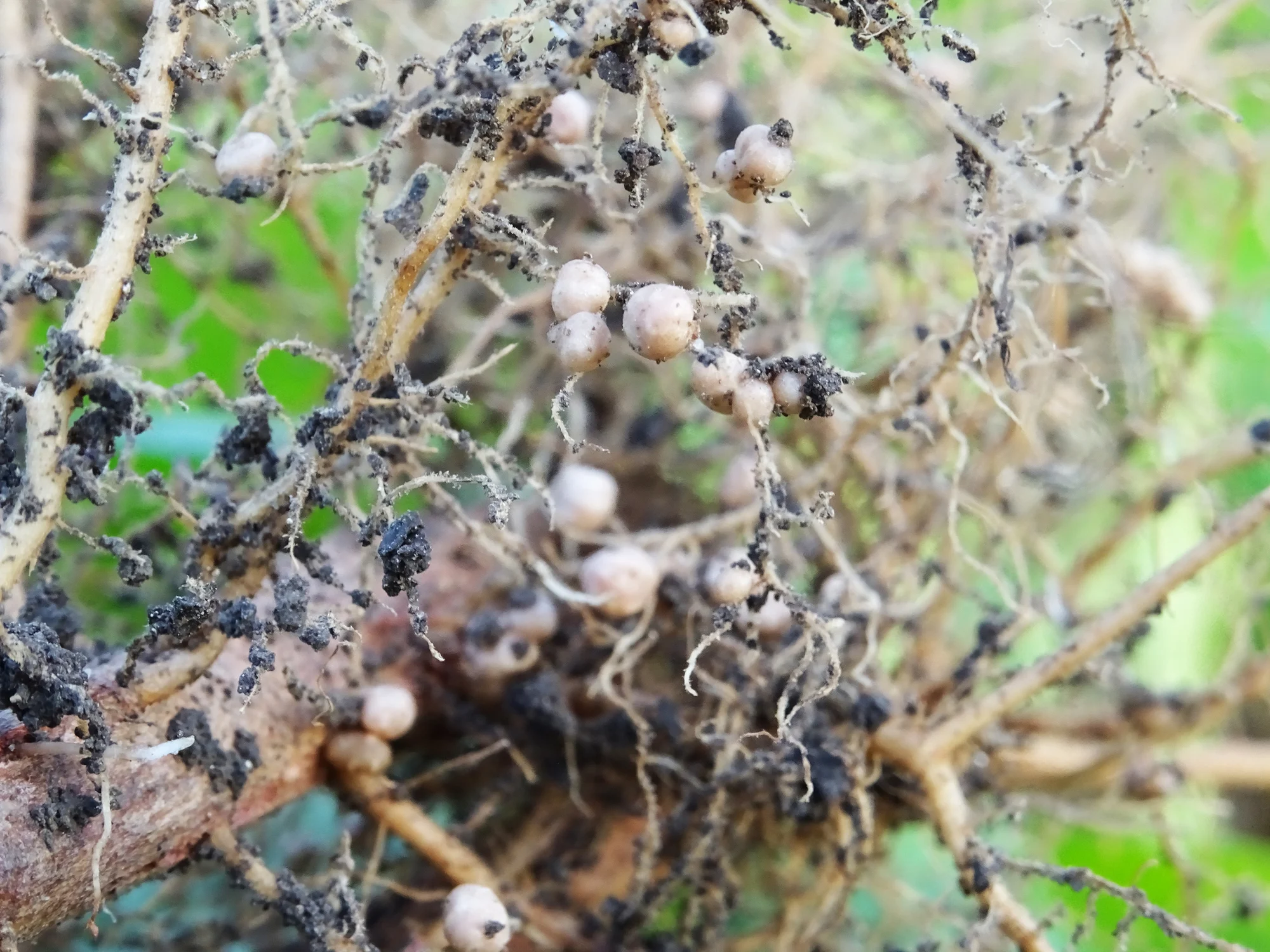
Pest Deterrence: Certain plants produce chemicals that deter pests. For example, marigolds release a substance that deters nematodes, tiny soil-dwelling pests that can damage a variety of crops.
Beneficial Attraction: On the other hand, some plants can attract beneficial insects or act as a trap crop to lure pests away. For example, I planted nasturtium close to my tomato and cucumber plants so aphids munch on that instead of my favorite summer vegetables!
How Companion Gardening Works
Your garden is a micro-environment. Plants, soil microbes, and fungi are living organisms that affect the soil environment and other nearby plants. Some of the ways this plant interaction works include:
- Soil fungi and other microorganisms associate with particular plants, producing chemicals that can positively or negatively affect other plants
- Plants release chemicals in a process called allelopathy, which suppresses germination or growth of other plants, such as onions inhibiting the growth of beans.
- Plants need different amounts of soil nutrients. Some are heavy-nitrogen and low-potassium feeders, and others are low-nitrogen and high-potassium crops, so growing them together makes the most efficient use of these nutrients.
- Some plants attract pest predators that can help other plants, like cilantro attracting ladybugs to feed on aphids attacking peppers.
- Root crops like turnips can break up hard soils for later planting of deep-rooted tomatoes.
- ‘Trap crops’ draw insect pests away from the primary crop. One example is planting Blue Hubbard squash near cucumbers to draw away cucumber beetles.
- ‘Marker plants’ are fast-growing crops you can plant near slower-growing ones to mark where you planted the seeds.
- Tall and bushy plants can provide shade for plants that can’t take full sun exposure, such as tomato plants creating shade for nearby lettuce.
Methods of Companion Gardening
Companion planting can come in a variety of different forms, depending on what you want to grow and when. In addition to the three sisters method, you can also try these techniques for a better harvest!
Interplanting
Interplanting involves growing two or more types of plants together in the same area to maximize the use of space and resources. This method can be particularly useful in small gardens or raised beds.
For instance, radishes and carrots are often interplanted because radishes grow quickly and can be harvested before the slower-growing carrots need more space.
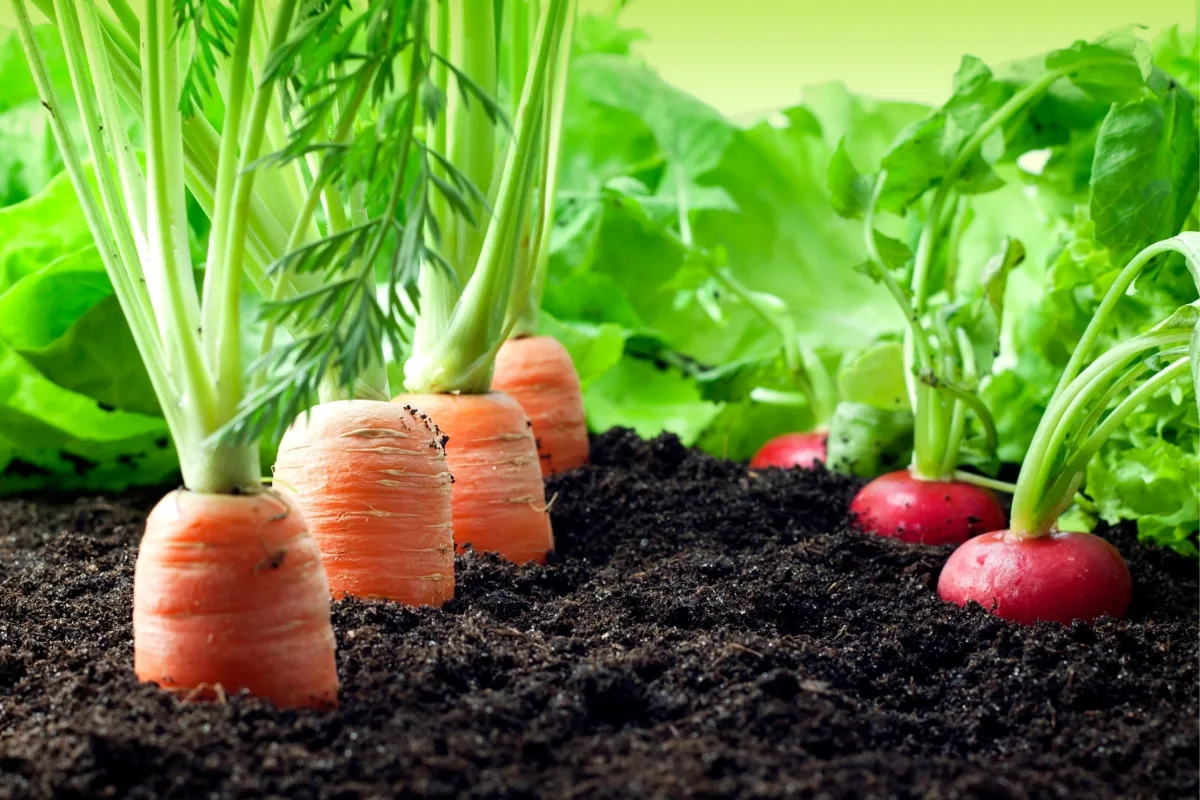
Succession planting
In succession planting, as soon as one crop is harvested, another is planted in the same spot. The key to this method is selecting plant pairs that have complementary growth rates and nutrient needs.
For example, after harvesting a spring crop of leafy greens, you might plant nitrogen-fixing beans, which can help restore the soil's nitrogen levels in preparation for a fall crop.
Mixed planting
Mixed planting is the practice of growing a variety of plants together in a smaller space, rather than segregating them into separate beds.
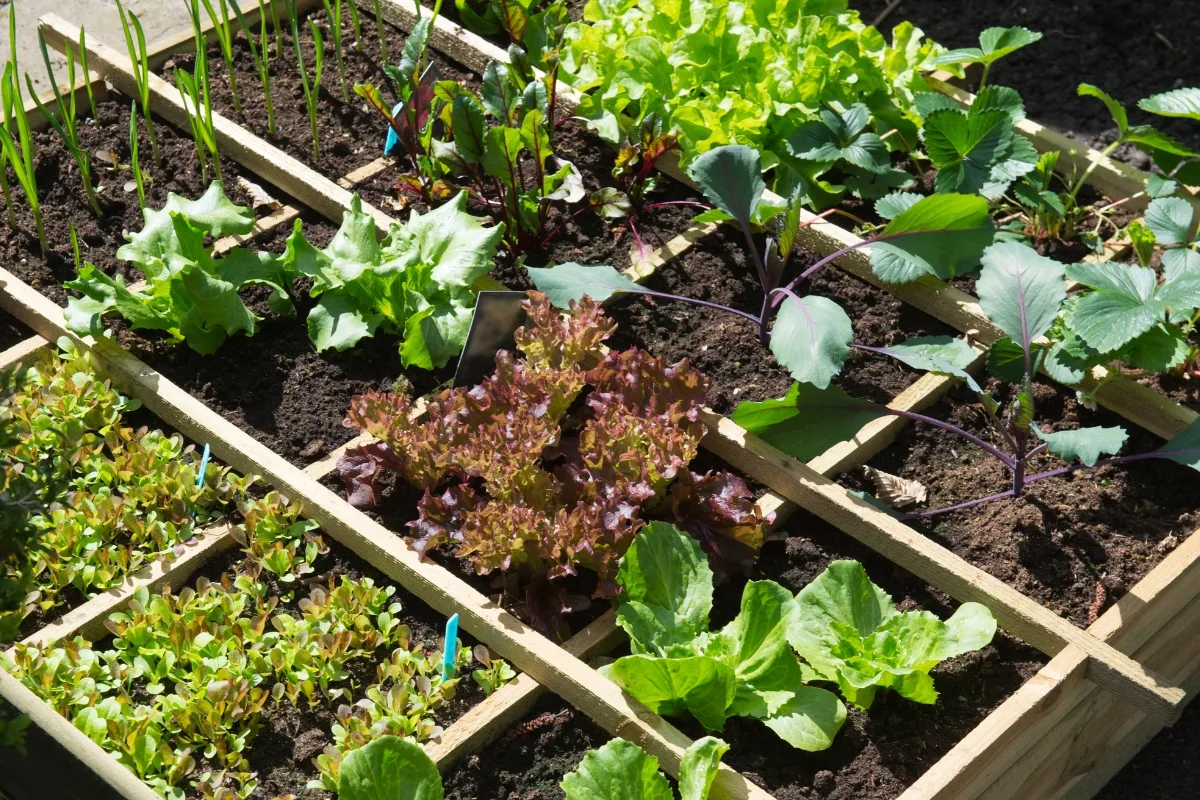
This approach mimics natural ecosystems and can help deter pests, which often rely on finding large groups of their host plants. Mixed planting can also improve the aesthetic appeal of your garden, creating a lush, diverse landscape.
How to Start Companion Gardening
It’s crucial to note that what works in one person’s garden might not work for you because so much depends on local conditions. You will need to assess your garden space, select the right plants, and prepare the soil accordingly.
Choose the right pairings
The best pairs will depend on your specific gardening conditions and challenges. For example, if you like growing cucumbers but your garden gets overwhelmed with cucumber beetles, you might try growing Blue Hubbard squash nearby to lure them away.

Keep in mind that not all plants make good neighbors. Some plants can hinder the growth of others due to competition for nutrients, space, or due to allelopathic properties, which inhibit the growth of other plants.
For example, chemicals in allium species like onions, garlic, leeks, and shallots can inhibit the growth of bean plants. These two crops often produce best when placed in different areas of the garden.
Prepare the garden bed appropriately
Once you've chosen your plants, prepare your garden bed. Consider the soil needs of the plants you're pairing. Some plants prefer rich, moisture-retaining soil, while others might prefer a sandier environment.
Also consider the water needs of your plant pairings. While drip irrigation can make it easier to customize the watering schedule of your garden, it's better to group water-loving plants together in one spot.
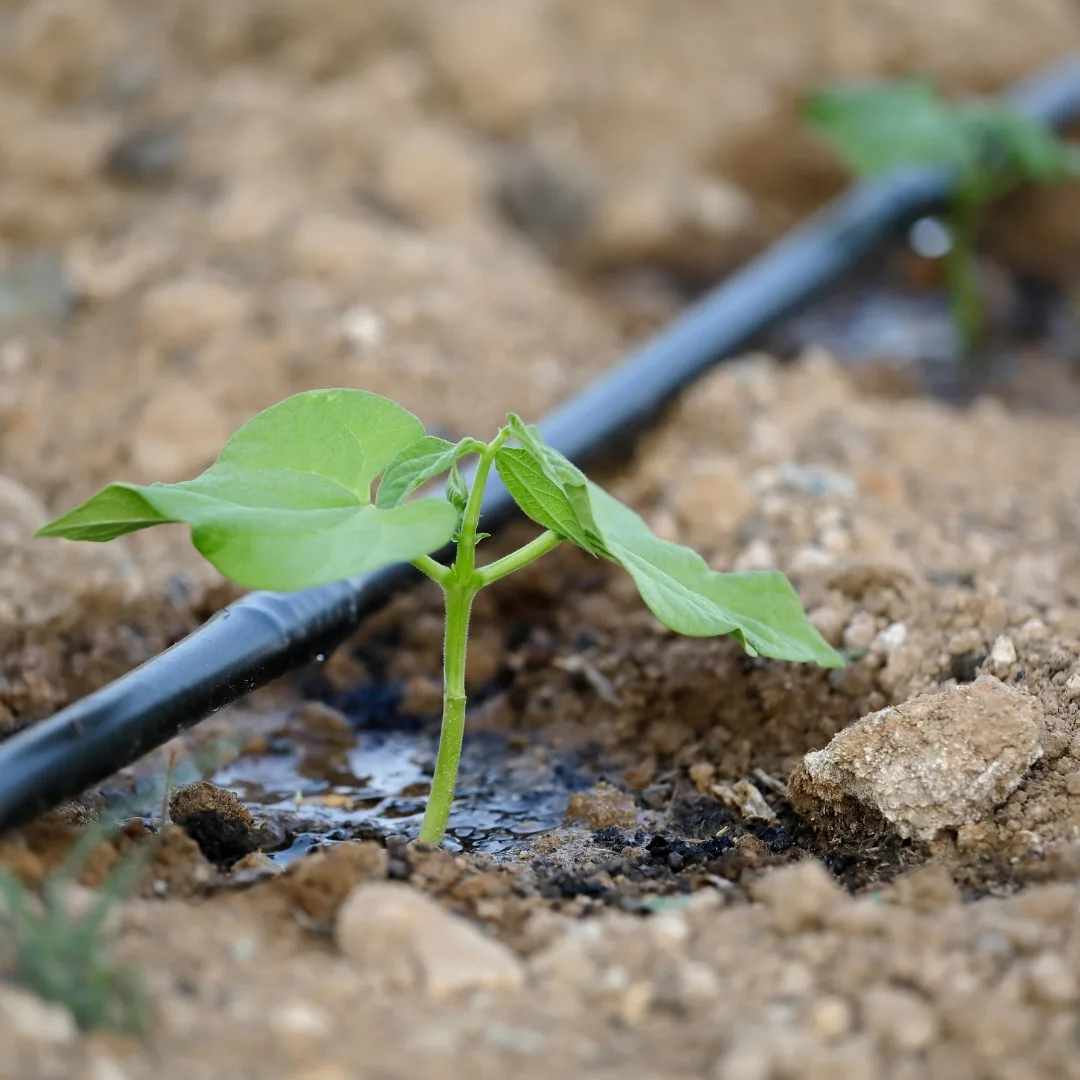
Common Plant Companions
Here are some well-tested companion planting combinations that you can consider for your garden.
- Tomatoes and Basil: This classic combination works well because basil helps deter pests that can harm tomatoes, like aphids and hornworms.
- Cucumbers and Nasturtiums: The vibrant nasturtium flowers not only add a splash of color to your garden but also serve as a 'trap crop' for aphids, drawing them away from your cucumbers.
- Carrots and Rosemary: Rosemary helps repel carrot flies, which can be a significant pest for carrot crops.
- Radishes and Spinach: Radishes are a quick-growing crop that can help loosen the soil for the slower-growing spinach. Also, the radishes can be harvested before the spinach needs more space.
- Beans and Marigolds: Marigolds excrete a substance from their roots that deters nematodes, microscopic worms that can damage the roots of beans. At the same time, beans provide shade that can help protect marigolds from excessive heat.
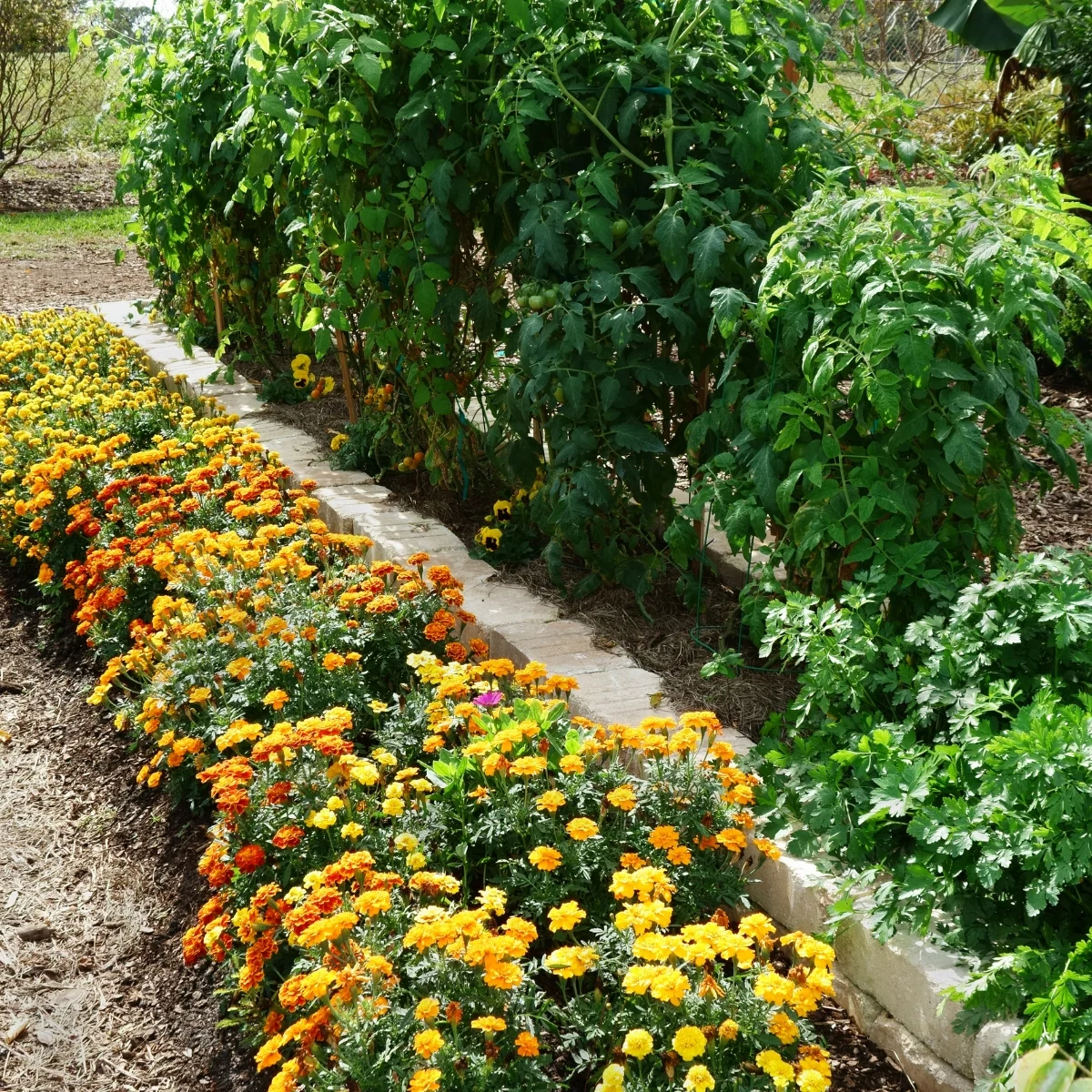
Common mistakes to avoid when companion planting
As with any gardening practice, companion planting is a process of learning and adapting. However, understanding and avoiding some common mistakes can make your journey smoother and more rewarding.
Overcrowding
While the goal of companion planting is often to make efficient use of space, it's important not to plant too closely. Plants need room for their roots to spread and their canopies to grow.
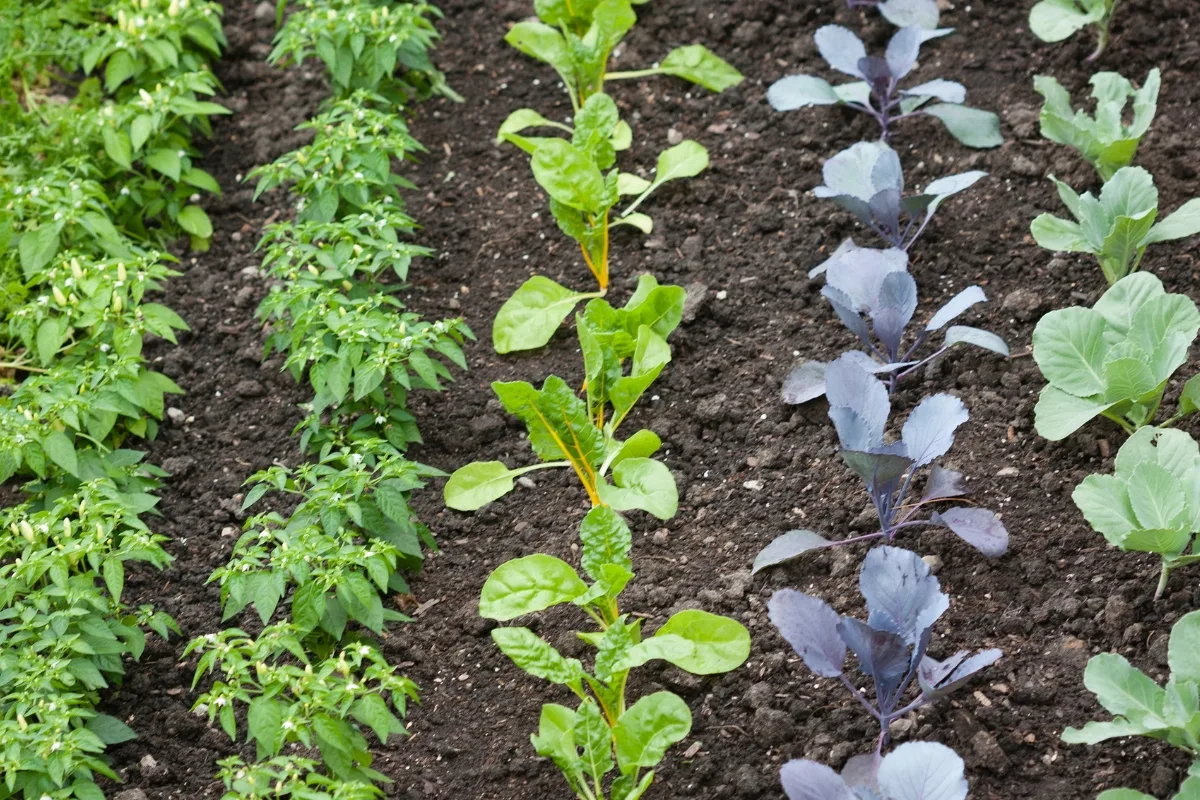
Overcrowding can lead to competition for nutrients, water, and sunlight, and can also increase the risk of disease. Make sure to consider the mature size of your plants when planning your garden layout.
Monocultures
Even when plants are good companions, planting them in large blocks or rows can attract pests and disease. A better approach is to mix them up, mimicking nature's diversity. This can confuse pests and prevent them from decimating an entire crop.
Ignoring soil needs
Different plants have different soil requirements. Some plants prefer acidic soil, while others prefer alkaline. Some need well-drained sandy soil, while others thrive in richer, loamy soil. Make sure to consider the needs of each of your plants when preparing your garden beds.
Overlooking sunlight requirements
Similarly, plants have different sunlight requirements. Planting a shade-loving plant next to a sun-loving plant could result in one of them struggling if they're arranged incorrectly.

Pay attention to the sunlight needs of each plant and organize your garden beds accordingly. Taller plants should be placed on the north side, unless they are being used for shade for shorter plants.
Crop rotation
Planting the same crop in the same place year after year can deplete the soil of certain nutrients and increase the risk of pest and disease problems. Make sure to rotate your crops each year to maintain soil health.
Plant antagonists
Just as some plants make good companions, others can inhibit each other's growth. For instance, planting tomatoes near potatoes can make both more susceptible to blight. Always check whether plants have any known antagonists before deciding where to plant them.
Whether you're looking to boost yields, ward off pests, enhance soil health, or simply create a more vibrant and diverse garden, companion planting offers a wealth of benefits. It's a practice that aligns with the principles of organic and sustainable gardening, reducing reliance on chemical inputs and promoting biodiversity. Give it a try!
Check out these companion planting articles!

